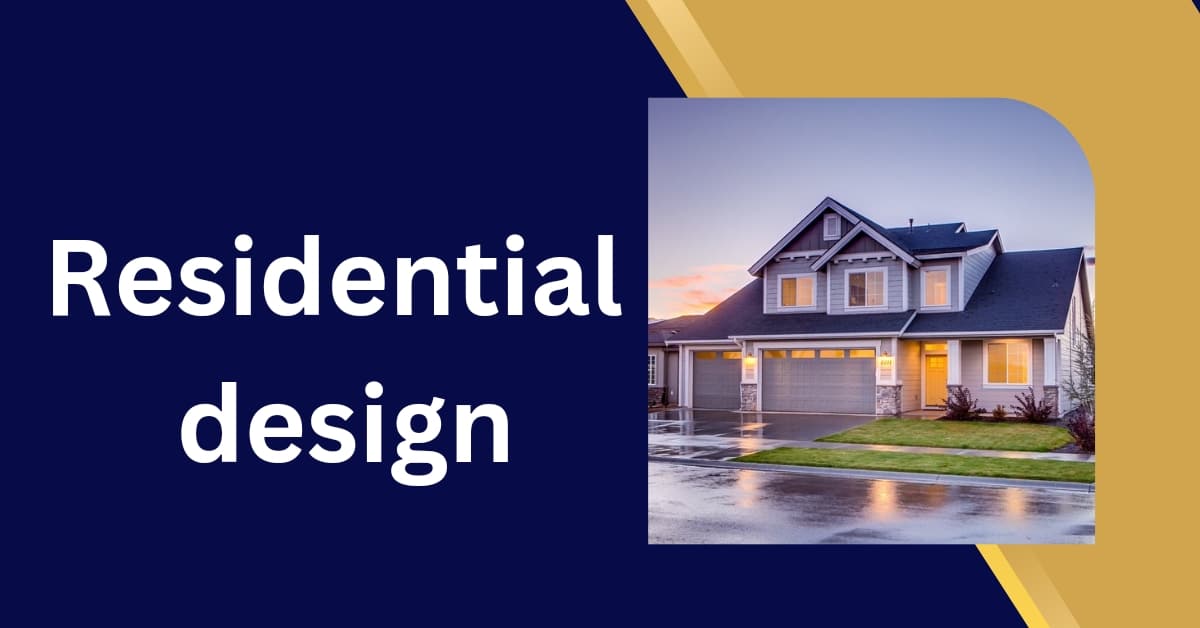Designing a home is an exciting journey but requires clear communication with your designer. Without proper planning, explaining your ideas can become overwhelming. Start by visualising how you want your space to look and feel. Once you have clarity, sharing your vision becomes a smoother process.
Residential design projects require focused communication to bring ideas to life. Designers must understand your lifestyle, preferences, and priorities to create a customised plan. Sharing details about your daily routines can help them craft functional, personalised spaces.
Prepare a Detailed Inspiration Board
Gathering inspiration is one of the simplest ways to communicate your design preferences. Create a visual collection of styles, colours, and elements you love. Include images of furniture, lighting, and decor to help architects understand your taste. Whether you use physical boards or digital tools, this step offers clarity and focus.
Adding notes to your inspiration board provides additional context for your choices. Explain why specific colours or materials appeal to you, helping refine the process. If you’re drawn to particular architectural features, highlight them for emphasis. Providing this level of detail reduces miscommunication and ensures better results.
Discuss Functional Needs First
Before getting into aesthetics, prioritise discussing your home’s functional requirements. Talk about the number of rooms, their sizes, and their purposes. Share insights about your family’s routines, like work-from-home needs or spaces for children to play. These details allow designers to tailor layouts that seamlessly suit your lifestyle.
When outlining your needs, consider storage, lighting, and accessibility. Highlight specific areas where you need extra cabinets or built-in solutions. Share any preferences for open or closed layouts based on how you live. Discussing these elements early sets the foundation for a more efficient outline process.
Communicate Budget and Timeline Clearly
Setting clear expectations for your budget is crucial in any design project. Discuss your financial limits and what aspects are flexible for adjustments. A clear understanding of your budget helps designers suggest suitable materials and features. Similarly, sharing your timeline ensures realistic project planning and delivery.
Be transparent about priorities requiring higher spending, like premium finishes or sustainable materials. At the same time, identify areas where cost-saving measures are acceptable. Having these conversations upfront reduces misunderstandings and aligns expectations. They work more efficiently when they know your constraints and goals.
Ask Questions and Stay Involved
Engage with your designer throughout the process by asking questions and seeking updates. Understanding their approach ensures you stay informed and confident in their decisions. Regular communication helps clarify doubts and refine ideas during the design phase. This involvement makes you an active participant in shaping your dream home.
Listen carefully to their feedback and explanations for their recommendations. If something doesn’t align with your vision, share your thoughts openly. Architects appreciate honest input that guides them toward better outcomes.
Be Open to Professional Guidance
While sharing your ideas is essential, trust your designer’s expertise to enhance them. Professionals bring creative solutions and technical knowledge to transform concepts into practical designs. They might suggest ideas that elevate the project beyond your original vision. Embracing their guidance can lead to a functional and unique home.
Compromises may sometimes be necessary to balance design, budget, and functionality. Being flexible allows for adjustments that improve the overall result. Trusting their experience ensures you get the best value from the process. Collaboration between you and your designer creates a balanced, thoughtful plan.
Residential design projects succeed when homeowners communicate their needs and expectations. Asking questions and staying involved keeps the process on track and avoids misunderstandings. Trusting professional advice helps refine your ideas while adding practical solutions. Clear communication and teamwork create a home that perfectly reflects your vision and lifestyle.

